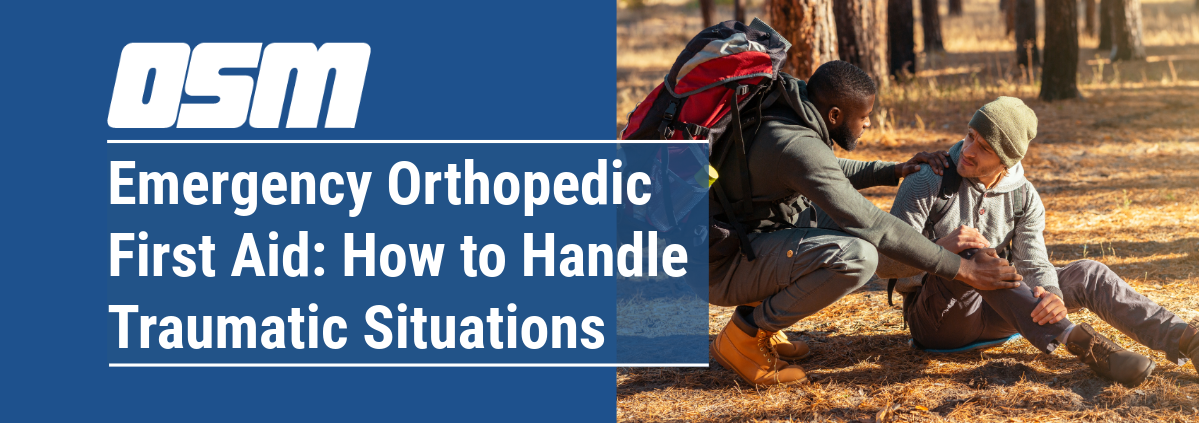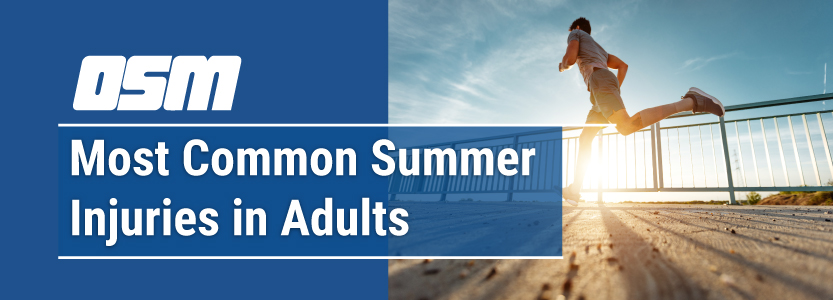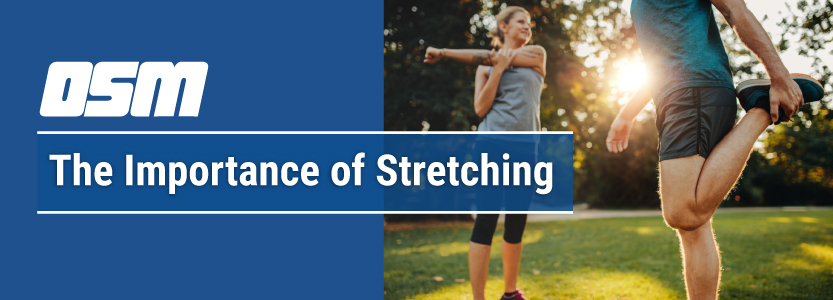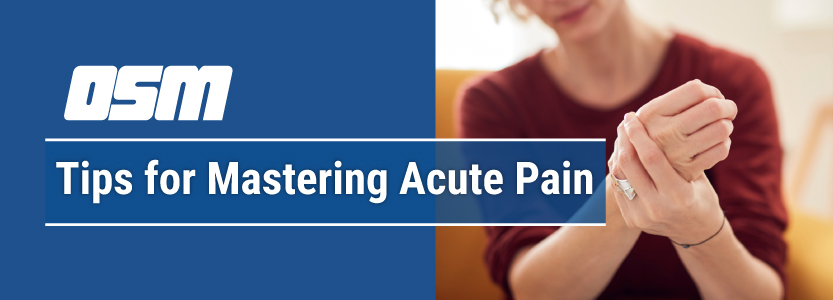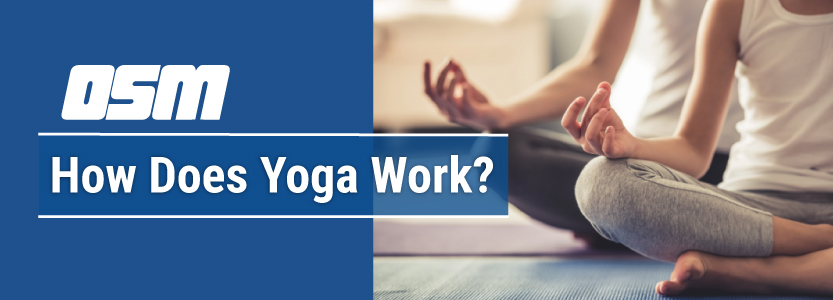Essential Nutrients Your Body Needs for Building Bone
Article featured on Harvard Health Publishing
Many nutrients play a role in bone health, such as calcium, vitamin D, protein, magnesium, phosphorous, and potassium. If you eat a healthy diet (with lots of fruits, vegetables, legumes, nuts, seeds, and lean proteins), you’ll get enough of most nutrients needed to keep your bones healthy and functioning well. But some nutrients require extra effort to ensure adequate intake when we’re older.
Calcium
Calcium is one of the main ingredients of bone, and it’s essential for cell, muscle, heart, and nerve function. We don’t make calcium on our own — it comes from dietary sources (which are the safest and most effective) or calcium supplements. If there isn’t enough calcium in the bloodstream, the body raids the bones for supplies, thinning the bones.
“The parathyroid gland sends a message commanding cells called osteoclasts to chew up bone and spit out calcium. If that’s how calcium levels are sustained, it takes a toll on your bones. It’s like going to the bank and taking out $100; if you do it every day, you’ll run out of money. So think of dietary calcium not as building bone, but as preventing calcium from being sucked out of bone,” explains Dr. Harold Rosen, an endocrinologist and director of the Osteoporosis Prevention and Treatment Center at Harvard-affiliated Beth Israel Deaconess Medical Center.
Calcium goals and sources
The Recommended Dietary Allowance (RDA) of calcium for people ages 51 or older is 1,200 milligrams (mg) per day for women, and 1,000 to 1,200 mg per day for men.
Rich sources of dietary calcium include dairy foods (milk, cheese, yogurt), nuts, seeds, beans, soy, certain vegetables (leafy greens, rhubarb, artichoke, squash), fruits, and seafood.
“As a rough rule of thumb, I tell patients that a cup of milk, yogurt, calcium-fortified orange juice, almonds, beans, or certain greens [kale, spinach, broccoli] has about 300 milligrams [mg] of calcium. I think that’s easy to remember,” Dr. Rosen says.
Fortified juices and nut milks have extra calcium. For example, fortified orange juice contains about 300 mg of calcium per cup, compared with 27 mg in regular orange juice. A cup of almond milk has 450 mg of calcium.
If you can’t get enough calcium in your diet, take a low-dose calcium supplement to reach your daily RDA goal, but not more. Some studies show that large doses of calcium pills may increase the risk for developing kidney stones and possibly increase the risk of having a heart attack.
Vitamin D
Vitamin D is important for many body systems, especially bones. Vitamin D helps our bodies to absorb calcium (in the gut, which sends it to the bloodstream), and to regulate blood levels of calcium and phosphorus (which are needed to build bone).
Our bodies make vitamin D when sunlight turns a chemical in the skin into vitamin D3, which the body then transforms into an active form of vitamin D. But be careful about sun exposure; if it’s longer than a few minutes, you’ll need sunscreen to reduce your risk of skin cancer.
It’s possible to get some of your vitamin D from food, but few foods contain it. “A 6-ounce portion of salmon has about 1,000 international units [IU] of vitamin D. You can drink vitamin D–fortified milk or orange juice, and certain mushrooms also have vitamin D,” Dr. Rosen says.
It’s easier (and safer than sun exposure) to take a vitamin D3 supplement. “Healthy older adults who don’t have the bone-thinning disease osteoporosis, and those who have the precursor condition to osteoporosis called osteopenia, should take 600 to 800 IU per day. If you have osteoporosis, take 1,500 to 2,000 IU per day,” Dr. Rosen advises.
Protein
We call proteins the building blocks of life. They give cells structure; power chemical reactions throughout the body; and build and repair skin, muscles, and bones.
In bone, protein makes up a major part of the mass and volume, creating a meshwork of fibers that lay the foundation for growth. “Protein is like scaffolding. Calcium and phosphorous form on it and stiffen up,” Dr. Rosen explains.
To support the body’s needs, we need to consume healthy sources of protein: dairy products, fish, poultry, legumes, whole grains, nuts, seeds, and some vegetables such as corn, broccoli, and asparagus. But appetite can decline with aging, and you may find you’re cutting back on protein — perhaps eating just a tiny portion of fish or chicken rather than the larger helpings you once enjoyed.
“If you’re protein-deficient, you can’t build muscle, skin, or bones,” Dr. Rosen warns. “You need protein for strength and stability.”
To figure out how much protein you need, multiply your weight in pounds by 0.36. For example, a 170-pound person would need to eat about 61 grams of protein per day (170 × 0.36 = 61.2).
That may sound like a lot, but protein adds up quickly if you eat the right foods. For example, a breakfast of one-and-a-half cups of bran cereal with a cup of skim milk starts you out with 14 grams of protein. A midmorning snack of half a cup of low-fat cottage cheese and some blueberries adds another 12 grams. For lunch, a small spinach salad with half a cup of cooked lentils and 3 ounces of salmon or chicken gives you another 30 grams. That’s already 56 grams before dinner! But don’t overdo it on protein intake; the jury is still out on whether too much dietary protein is safe for bones.
Two-for-one
You get a two-for-one benefit when you eat proteins that are also calcium-rich. Examples include canned salmon (with the bones) or sardines, beans, dairy products (cheese, yogurt, cottage cheese, milk), leafy greens, and nuts.
And the best way to ensure healthy bones is not only eating right but also maintaining a healthy lifestyle that includes daily weight-bearing exercise (such as brisk walking and weight training), limiting alcohol intake, and not smoking. All of those lifestyle habits are linked to another benefit: warding off chronic disease. Take advantage of these “two-fers” and protect your bones if you aren’t already doing it.
The Orthopedic & Sports Medicine Center of Oregon is an award-winning, board-certified orthopedic group located in downtown Portland Oregon. We utilize both surgical and nonsurgical means to treat musculoskeletal trauma, spine diseases, foot and ankle conditions, sports injuries, degenerative diseases, infections, tumors and congenital disorders.
Our mission is to return our patients back to pain-free mobility and full strength as quickly and painlessly as possible using both surgical and non-surgical orthopedic procedures.
Our expert physicians provide leading-edge, comprehensive care in the diagnosis and treatment of orthopedic conditions, including total joint replacement and sports medicine. We apply the latest state-of-the-art techniques in order to return our patients to their active lifestyle.
If you’re looking for compassionate, expert orthopedic and podiatric surgeons in Portland Oregon, contact OSM today.
Phone:
Address
1515 NW 18th Ave, 3rd Floor
Portland, OR 97209
Hours
Monday–Friday
8:00am – 4:30pm




